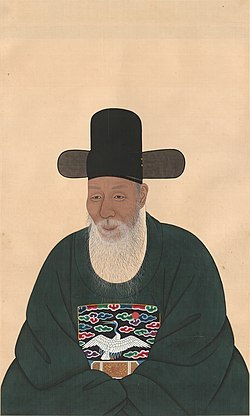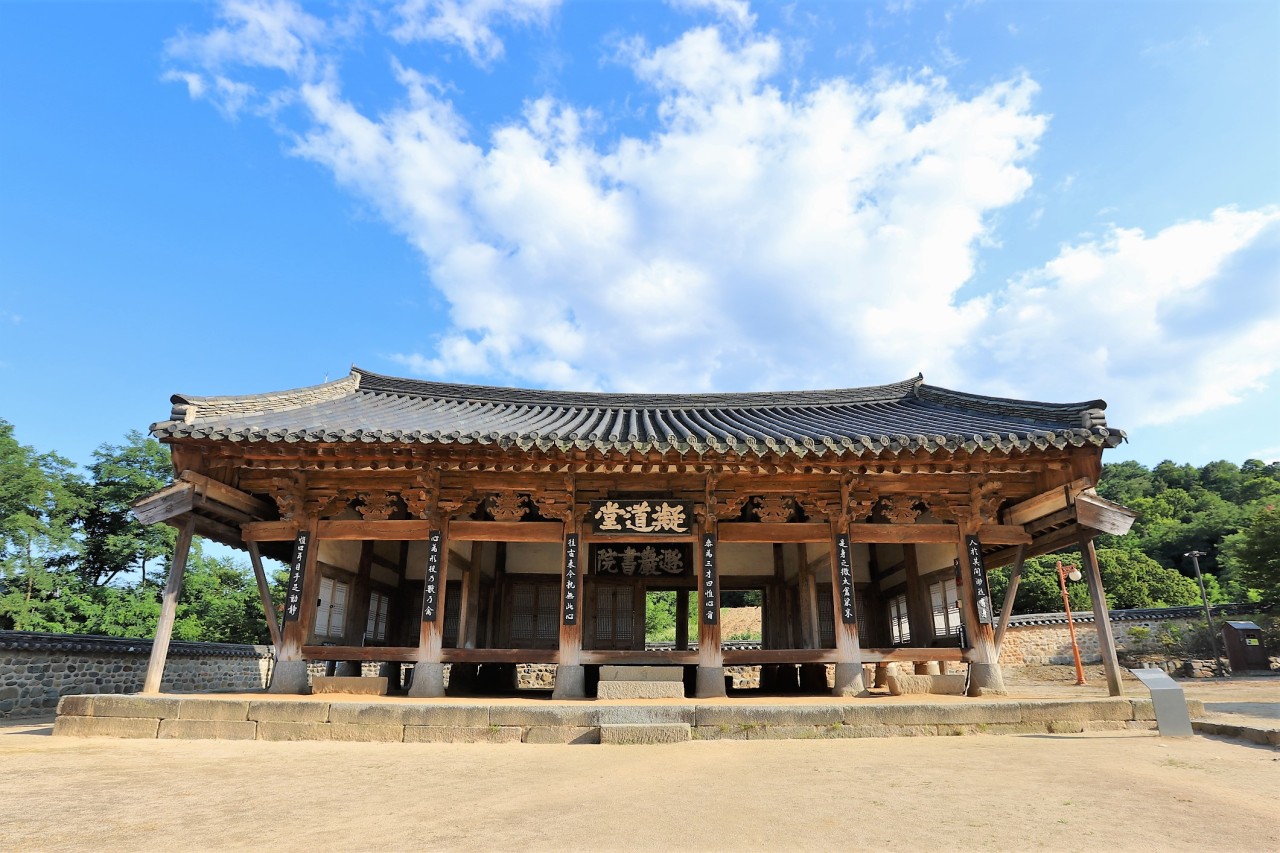[Scholars and their Spaces] ‘Ye’ makes others comfortable
By Korea HeraldPublished : June 11, 2022 - 16:01

“Most government officials today seem to have the intention of stepping down, rather than to fulfill the responsibility of their posts. I am concerned that certain selected group of people monopolize political authority in this political situation.”
Kim Jang-Saeng (1548-1631), who studied the principle of “Yehak (Study of Rites)” which were regarded as a crucial part of Korean Neo-Confucianism during the Joseon era, expressed anxiety about separatist politics of the time to his son, Kim Jip.
At the age of 70, he returned to civil service after a coup led by Seoin, the western faction, in 1623.
The 16th and 17th centuries were a difficult time for Korean Neo-Confucian scholars, many of whom were purged amid a series of political upheavals.
Kim Jang-Saeng (1548-1631), who studied the principle of “Yehak (Study of Rites)” which were regarded as a crucial part of Korean Neo-Confucianism during the Joseon era, expressed anxiety about separatist politics of the time to his son, Kim Jip.
At the age of 70, he returned to civil service after a coup led by Seoin, the western faction, in 1623.
The 16th and 17th centuries were a difficult time for Korean Neo-Confucian scholars, many of whom were purged amid a series of political upheavals.

The power of the dynasty’s ruling elite also took a hit after the Japanese invasion of 1592 and the Manchu war of 1636. Throughout these troubled times, the scholars at the Donamseowon Confucian Academy, led by Kim and his son, suggested “ye,” or Korean courtesy, as a solution to a chaotic society.
Kim’s standard of “ye” stressed flexibility, rather than the formality of showing feelings such as appreciation. He emphasized that people could live in harmony when there was a standard of “what to do and how to act” in life.
Kim gave a Korean color to Confucian ritualism. In addition, the scholars who followed Kim and his son supplemented his work. These efforts helped him write the Korean version of the books on Confucian ritualism: 51 writings of Kim’s collected works, along with his son and about 280 disciples.
Finally, the ways of expression which respect the individual in society have taken root and are still relevant today as social customs.
Kim understood the importance of relationships better than anyone else. He maintained his loyalty to his teacher, Yi I, who suffered during times of political transformation, and also treated his disciples with sincerity, not authority.
As a father, but also as a teacher and a friend, he always aimed to answer his son’s questions, even while lying on his deathbed.
Kim’s idea of ”ye” is written on a wall at Donamseowon, a UNESCO World Heritage: “Make others comfortable and smile at them. Embrace everything with magnanimity like the Earth and the ocean.” More than 50 years of his life as a Korean Neo-Confucian scholar, until his death at the age of 83, are well-reflected there.
By Park Jeong-eon (histopia78@gmail.com)
Park Jeong-eon is a senior researcher at Chungnam Institute of History and Culture. -- Ed.
Kim’s standard of “ye” stressed flexibility, rather than the formality of showing feelings such as appreciation. He emphasized that people could live in harmony when there was a standard of “what to do and how to act” in life.
Kim gave a Korean color to Confucian ritualism. In addition, the scholars who followed Kim and his son supplemented his work. These efforts helped him write the Korean version of the books on Confucian ritualism: 51 writings of Kim’s collected works, along with his son and about 280 disciples.
Finally, the ways of expression which respect the individual in society have taken root and are still relevant today as social customs.
Kim understood the importance of relationships better than anyone else. He maintained his loyalty to his teacher, Yi I, who suffered during times of political transformation, and also treated his disciples with sincerity, not authority.
As a father, but also as a teacher and a friend, he always aimed to answer his son’s questions, even while lying on his deathbed.
Kim’s idea of ”ye” is written on a wall at Donamseowon, a UNESCO World Heritage: “Make others comfortable and smile at them. Embrace everything with magnanimity like the Earth and the ocean.” More than 50 years of his life as a Korean Neo-Confucian scholar, until his death at the age of 83, are well-reflected there.
By Park Jeong-eon (histopia78@gmail.com)
Park Jeong-eon is a senior researcher at Chungnam Institute of History and Culture. -- Ed.
-
Articles by Korea Herald








![[KH Explains] How should Korea adjust its trade defenses against Chinese EVs?](http://res.heraldm.com/phpwas/restmb_idxmake.php?idx=644&simg=/content/image/2024/04/15/20240415050562_0.jpg&u=20240415144419)











![[Today’s K-pop] Stray Kids to return soon: report](http://res.heraldm.com/phpwas/restmb_idxmake.php?idx=642&simg=/content/image/2024/04/16/20240416050713_0.jpg&u=)